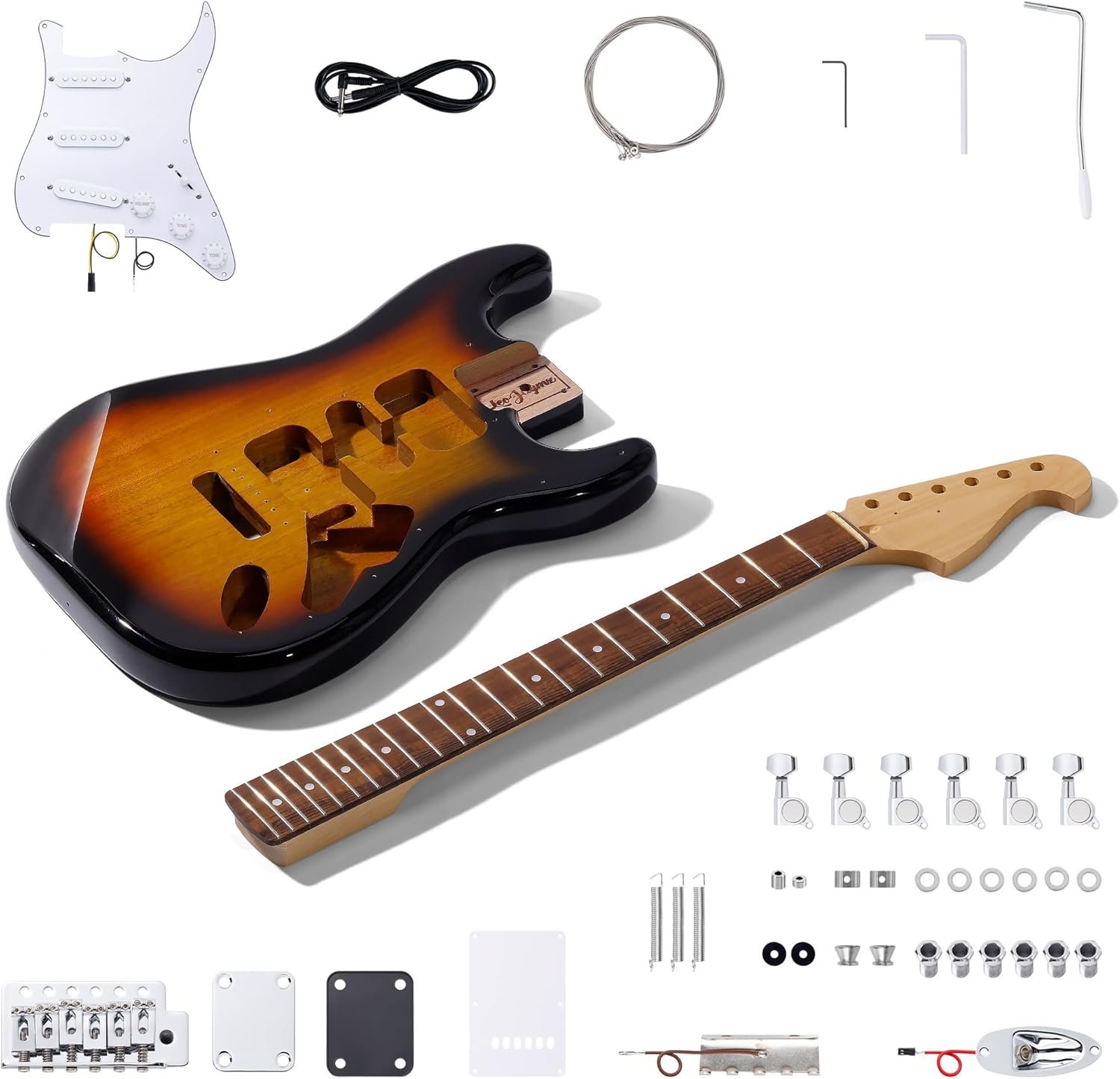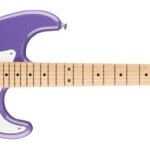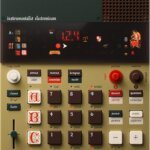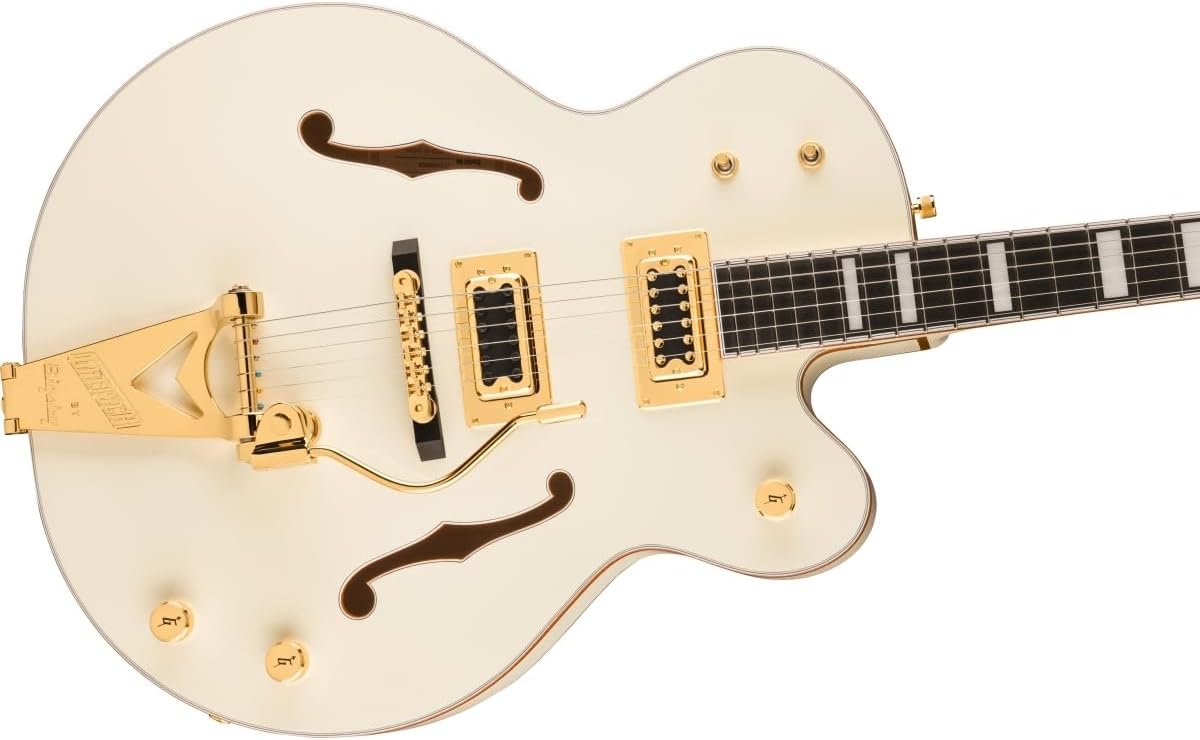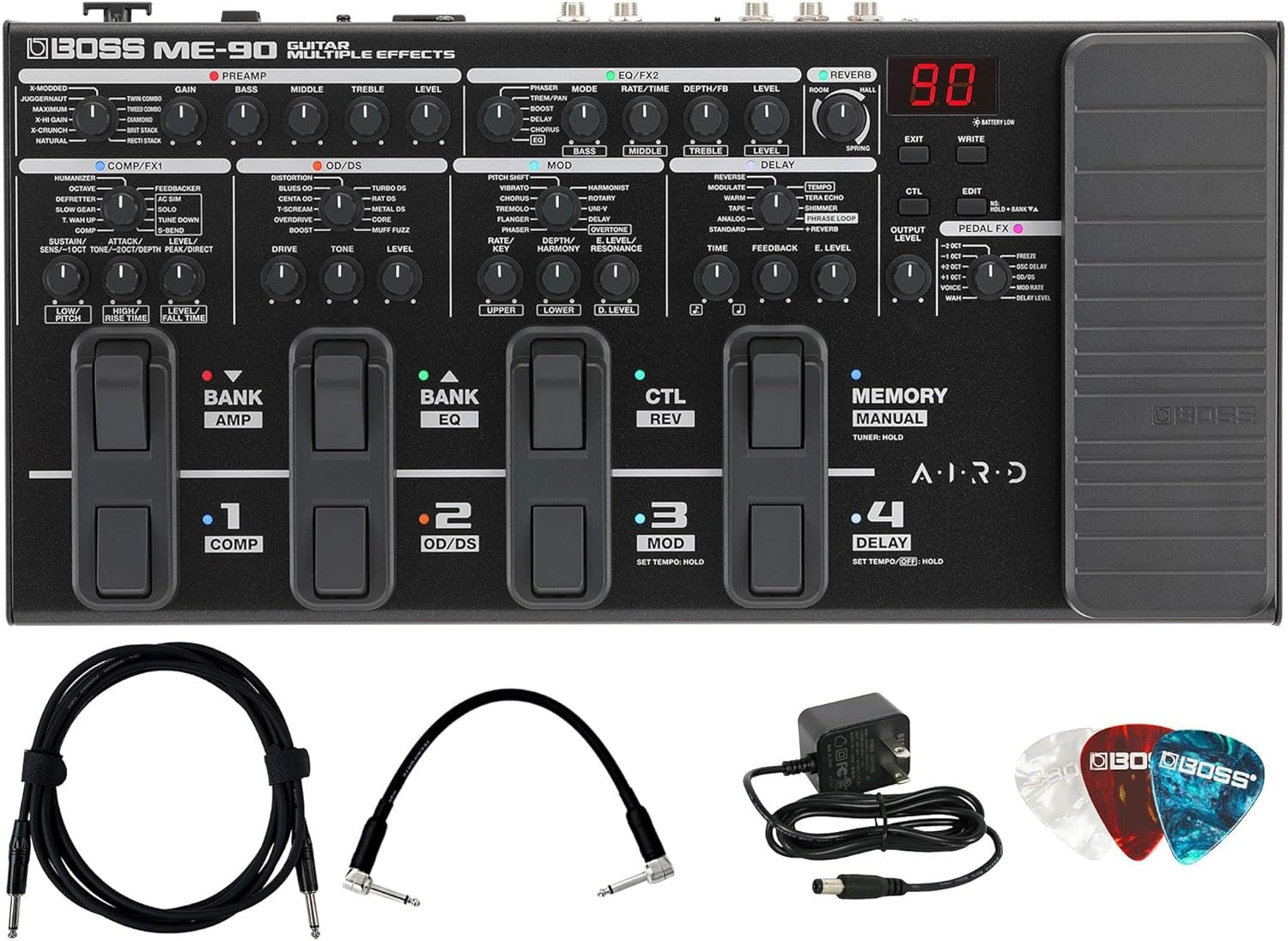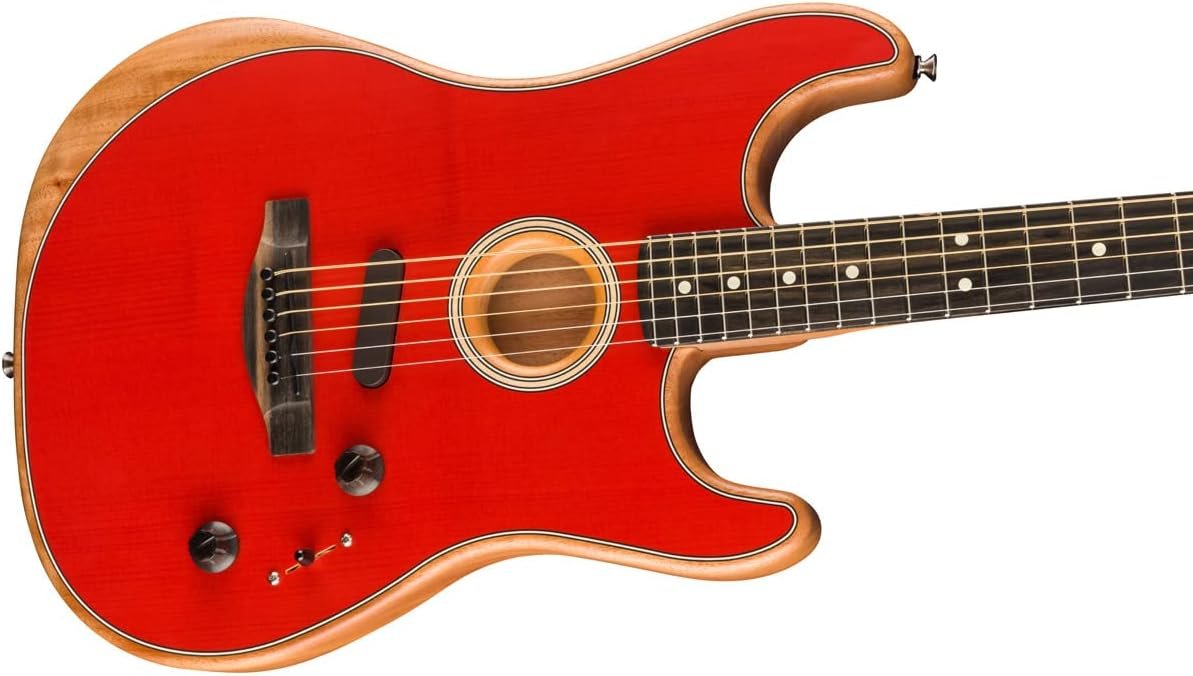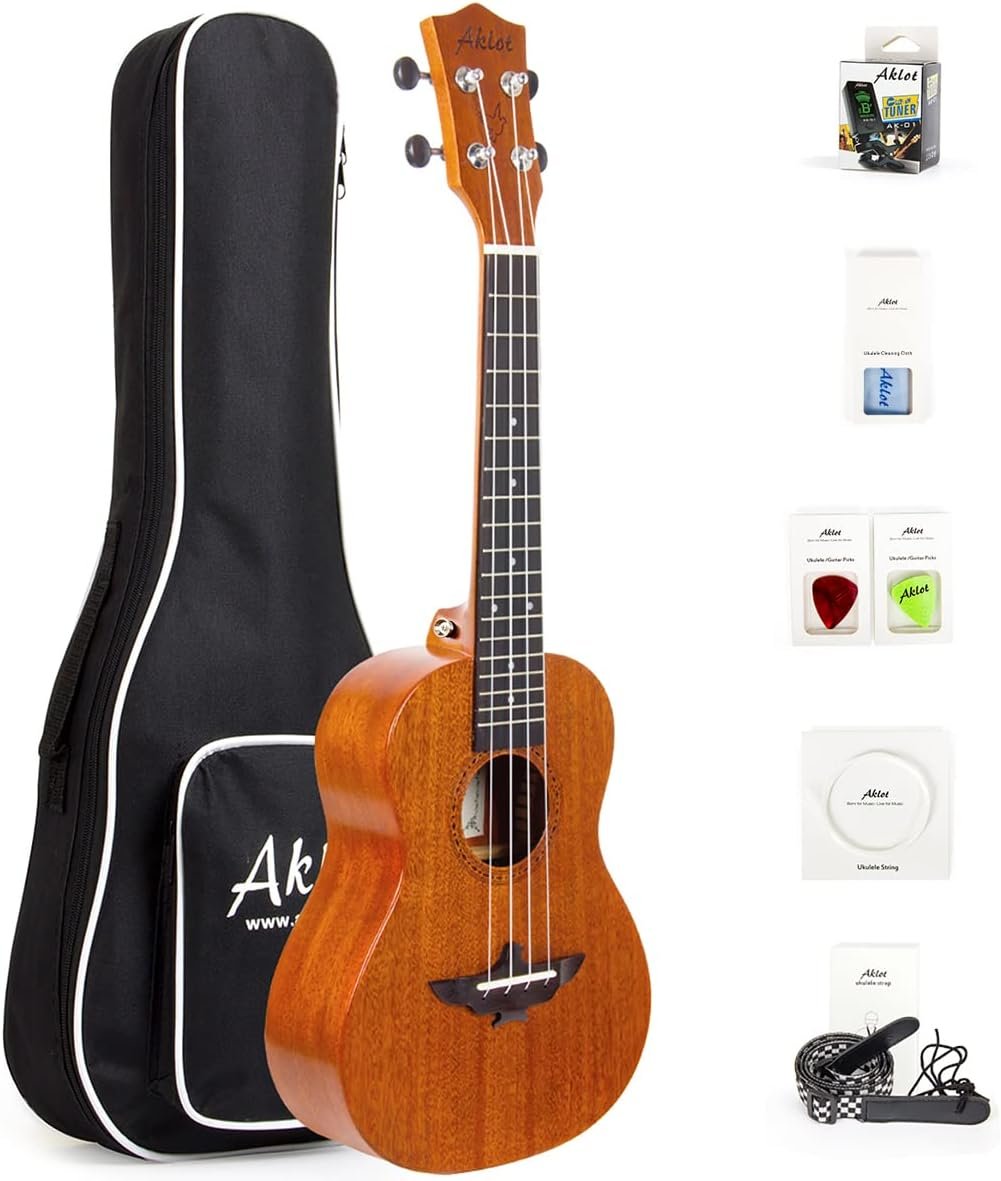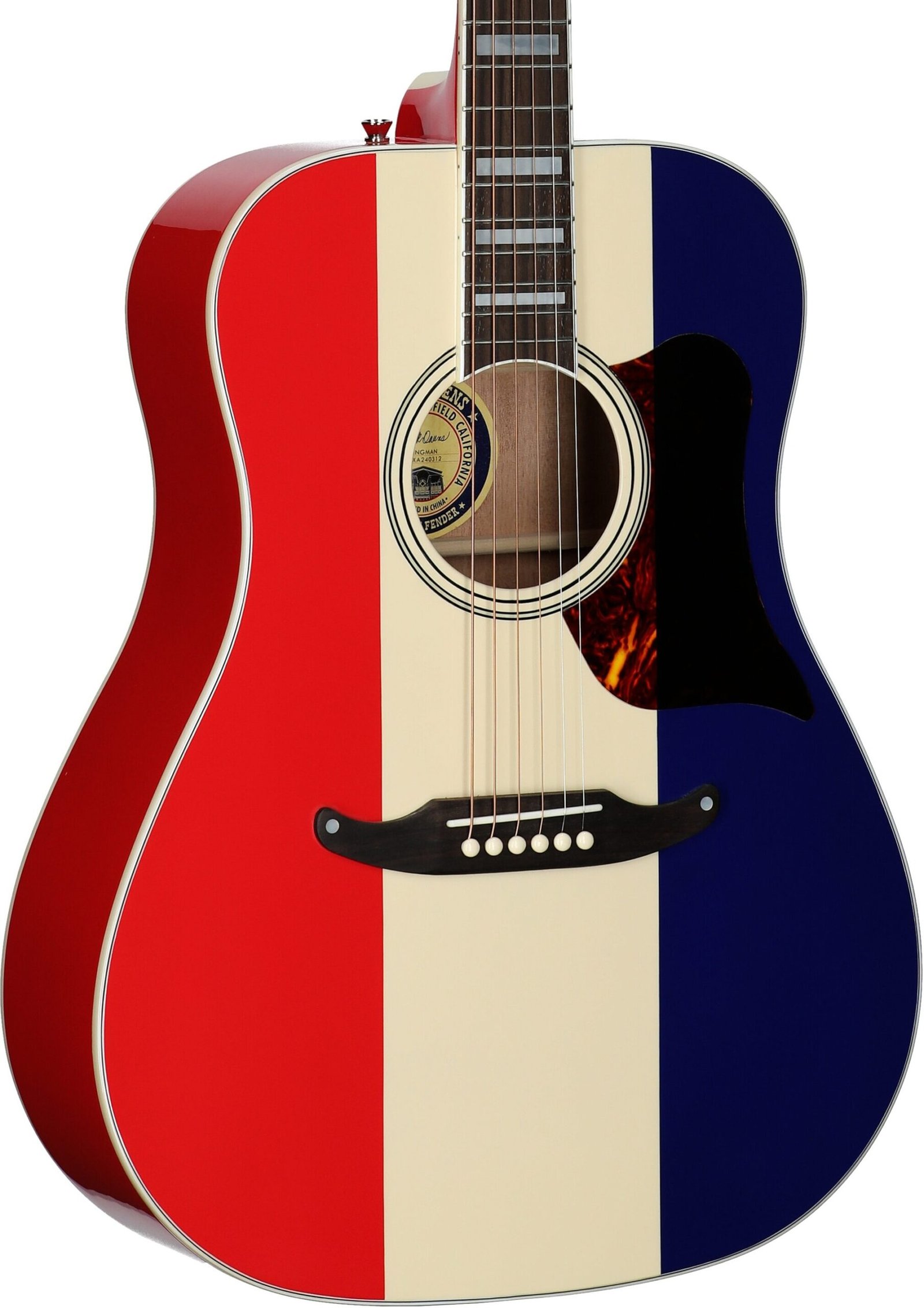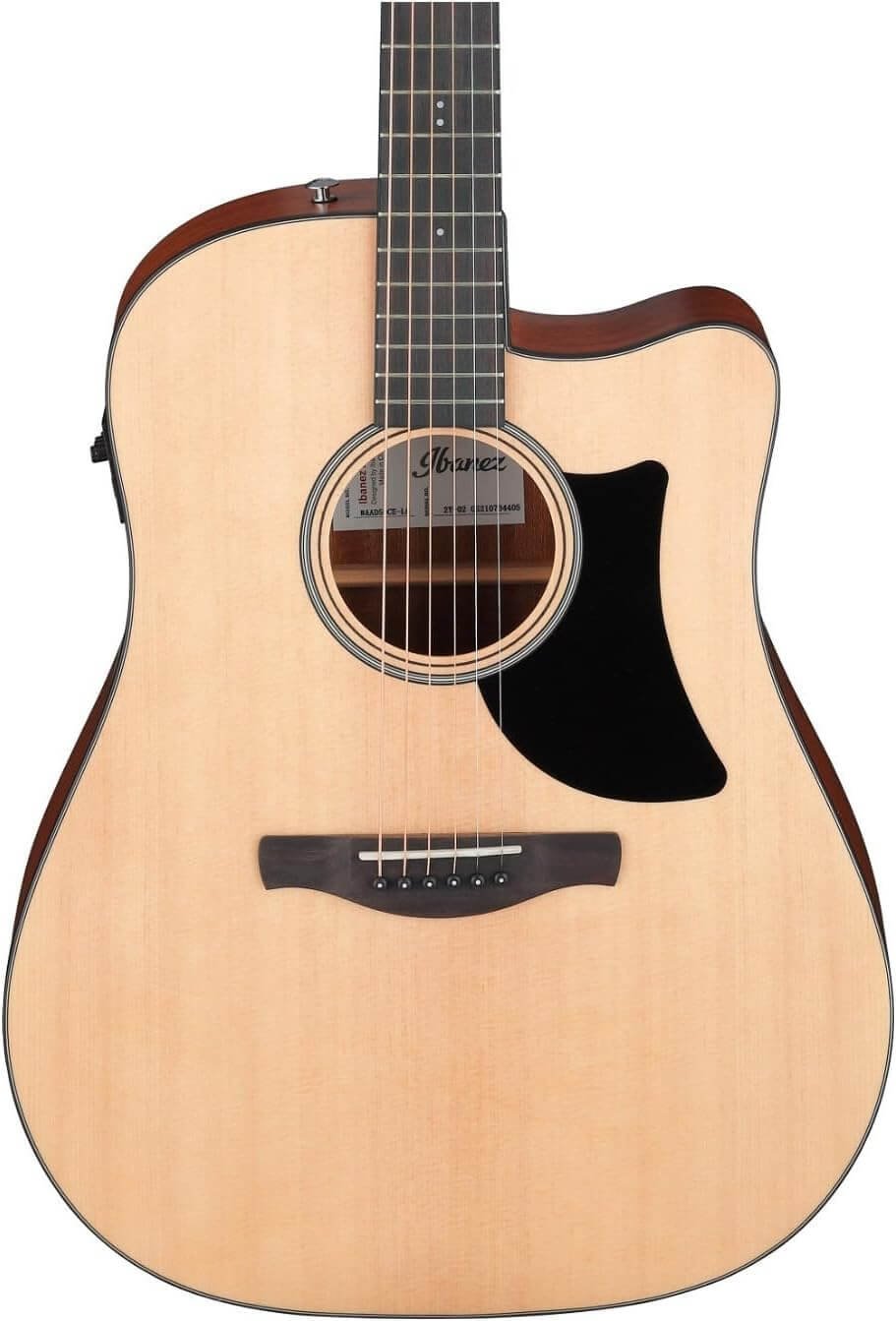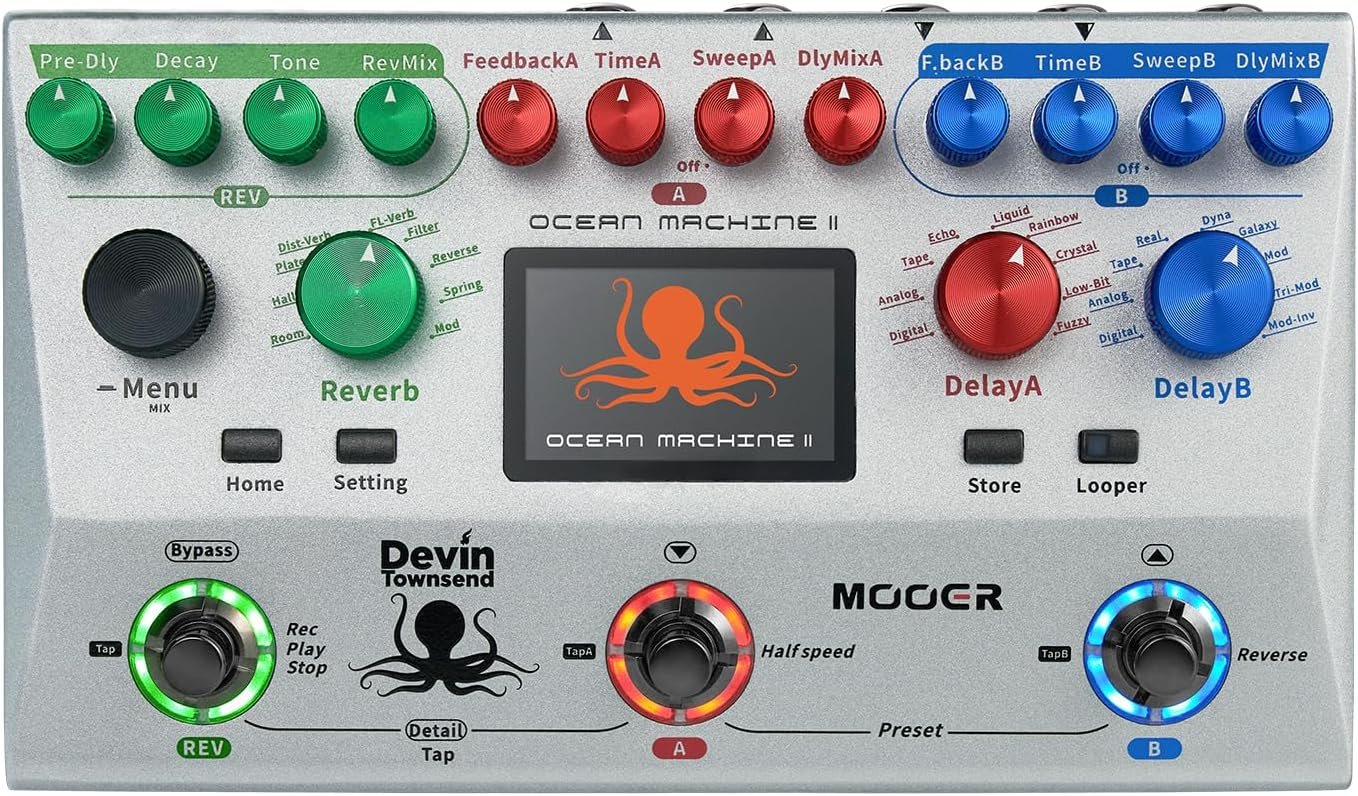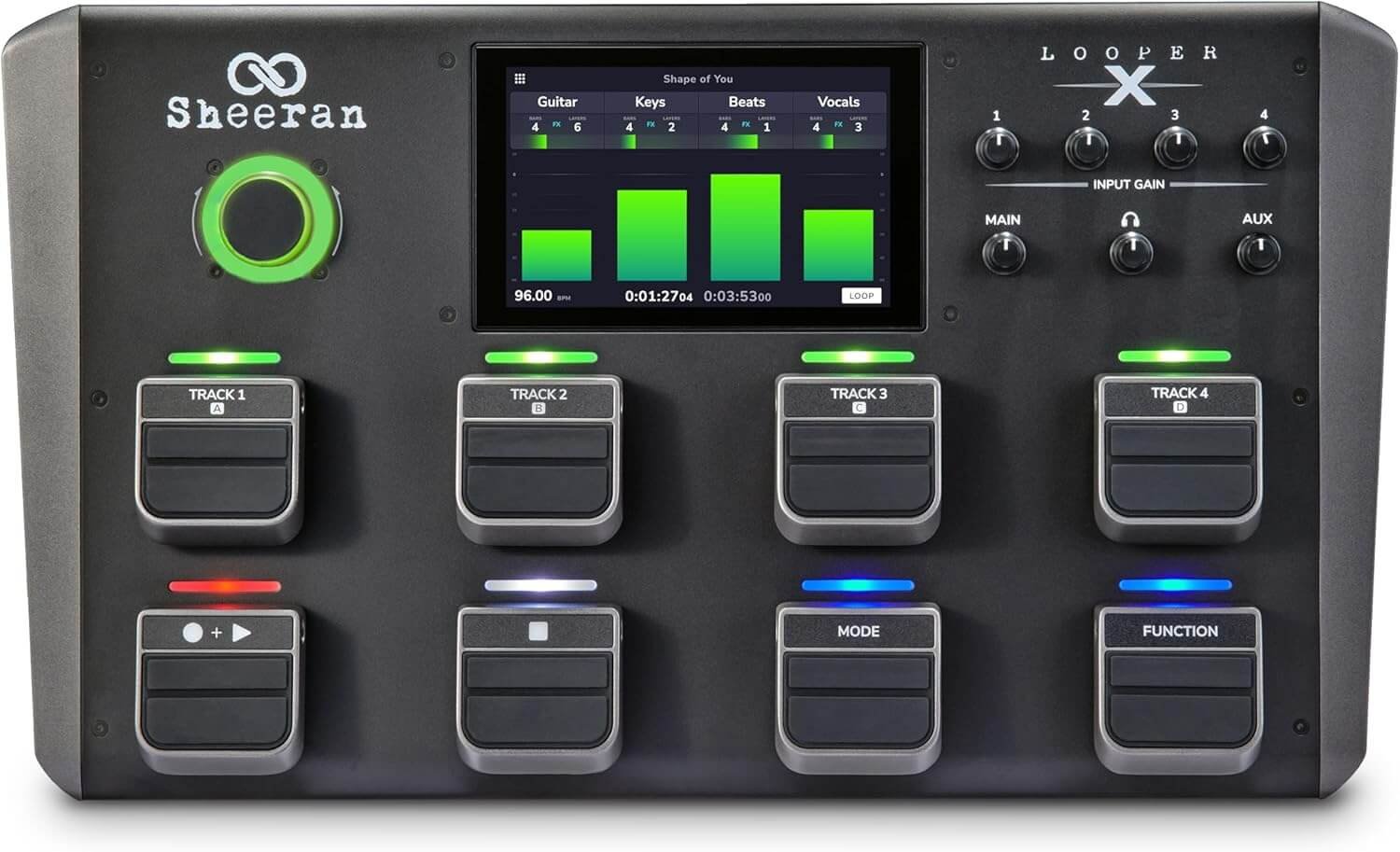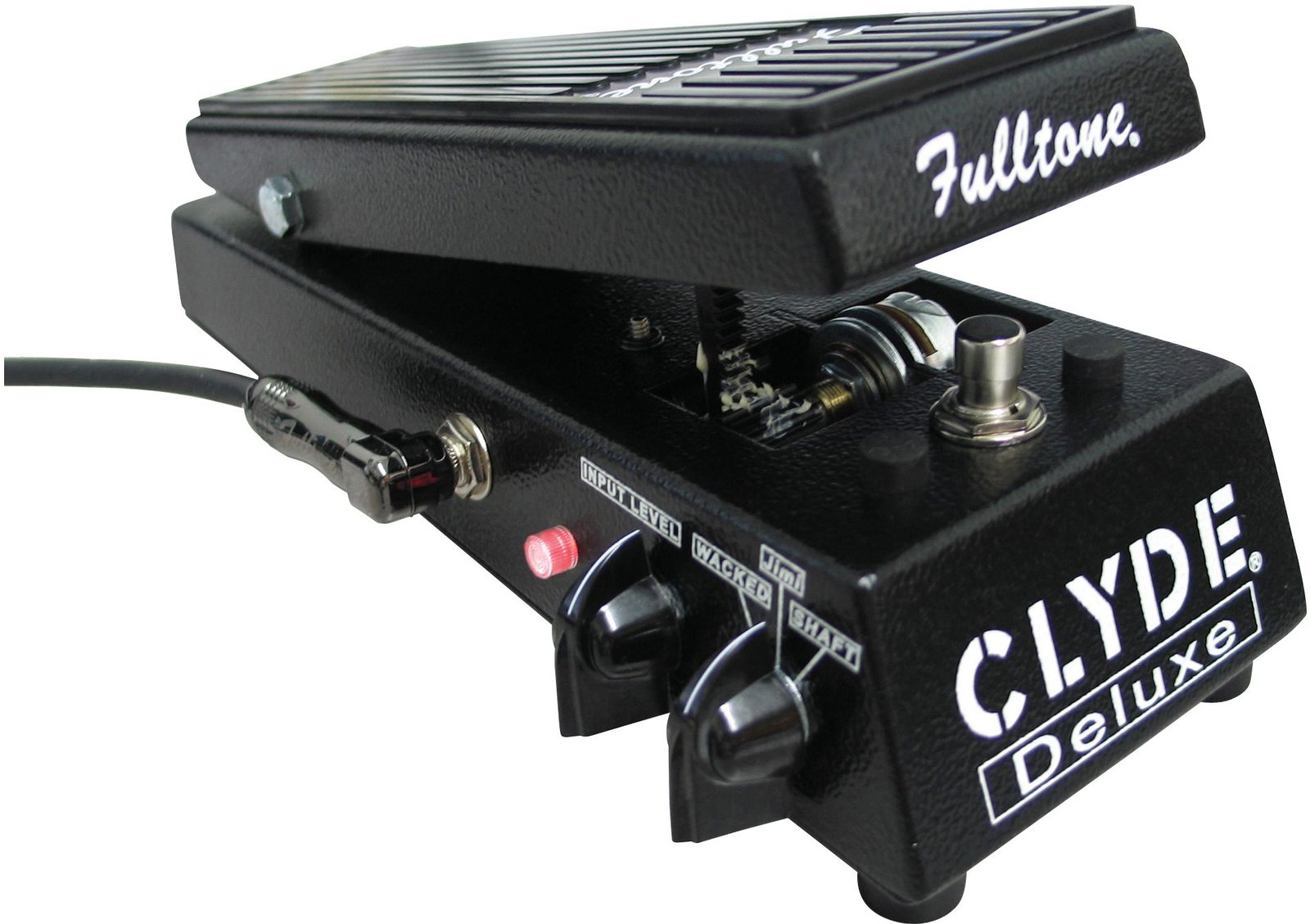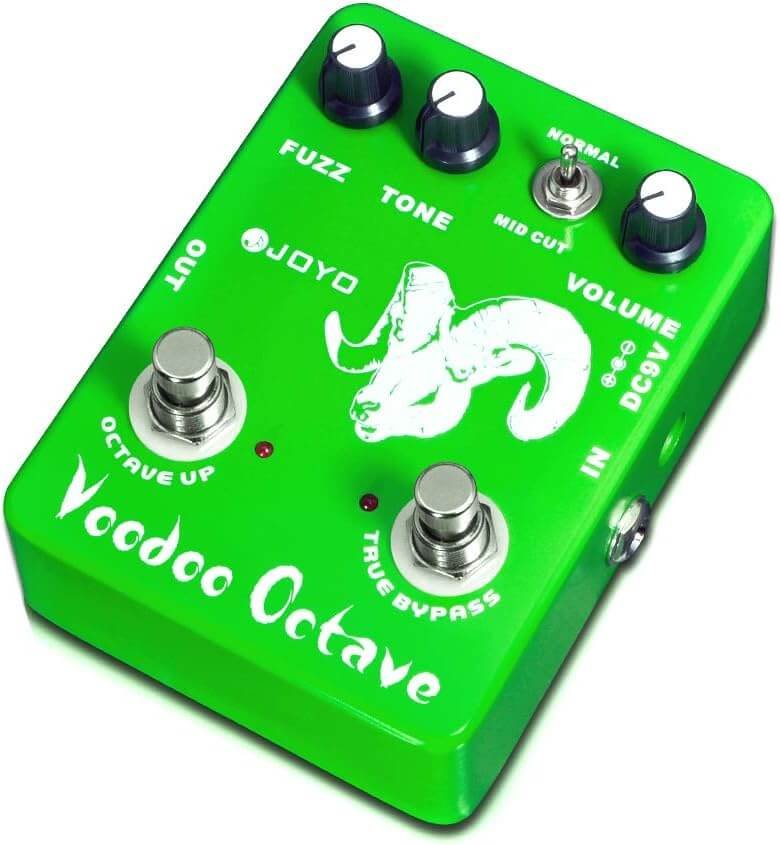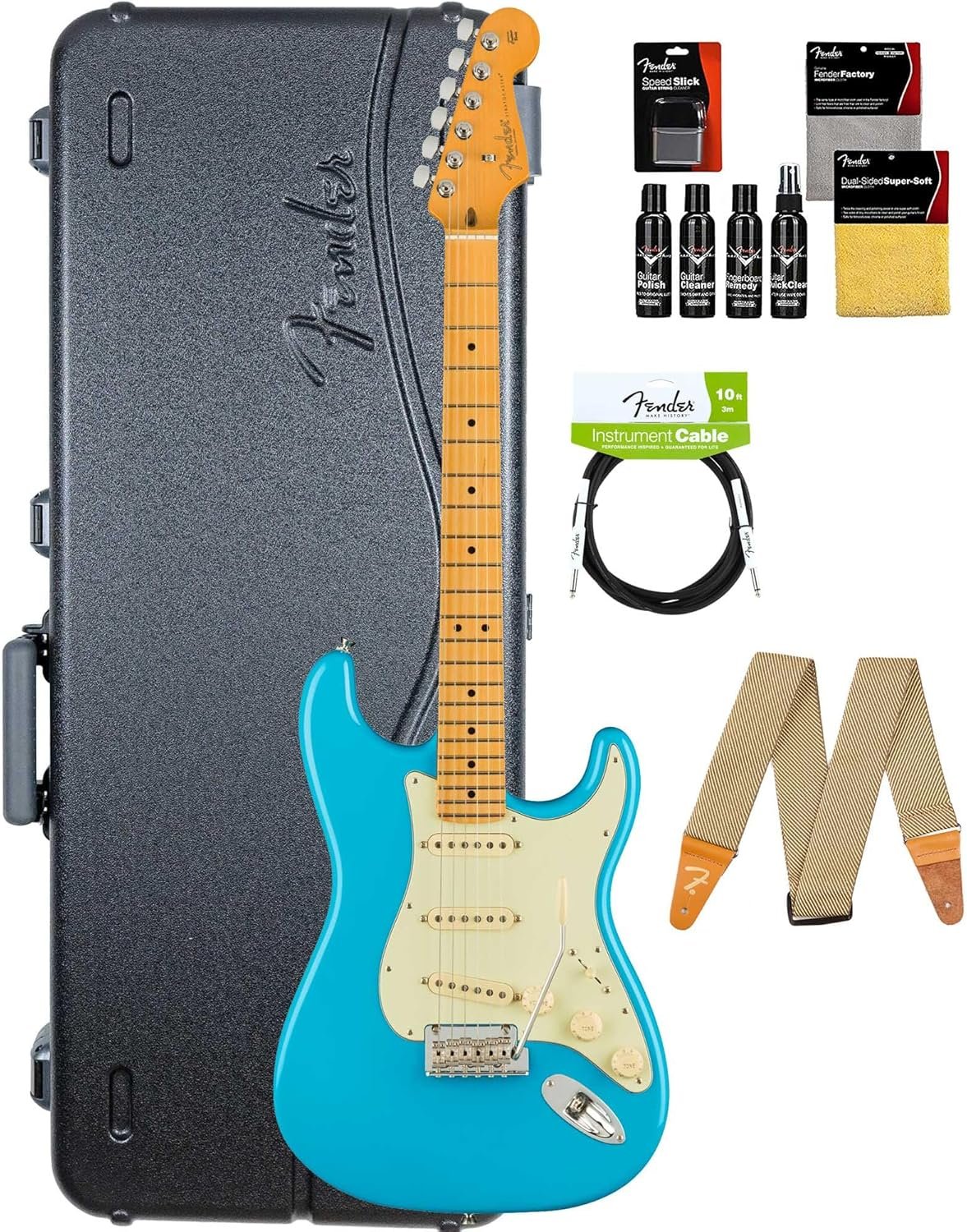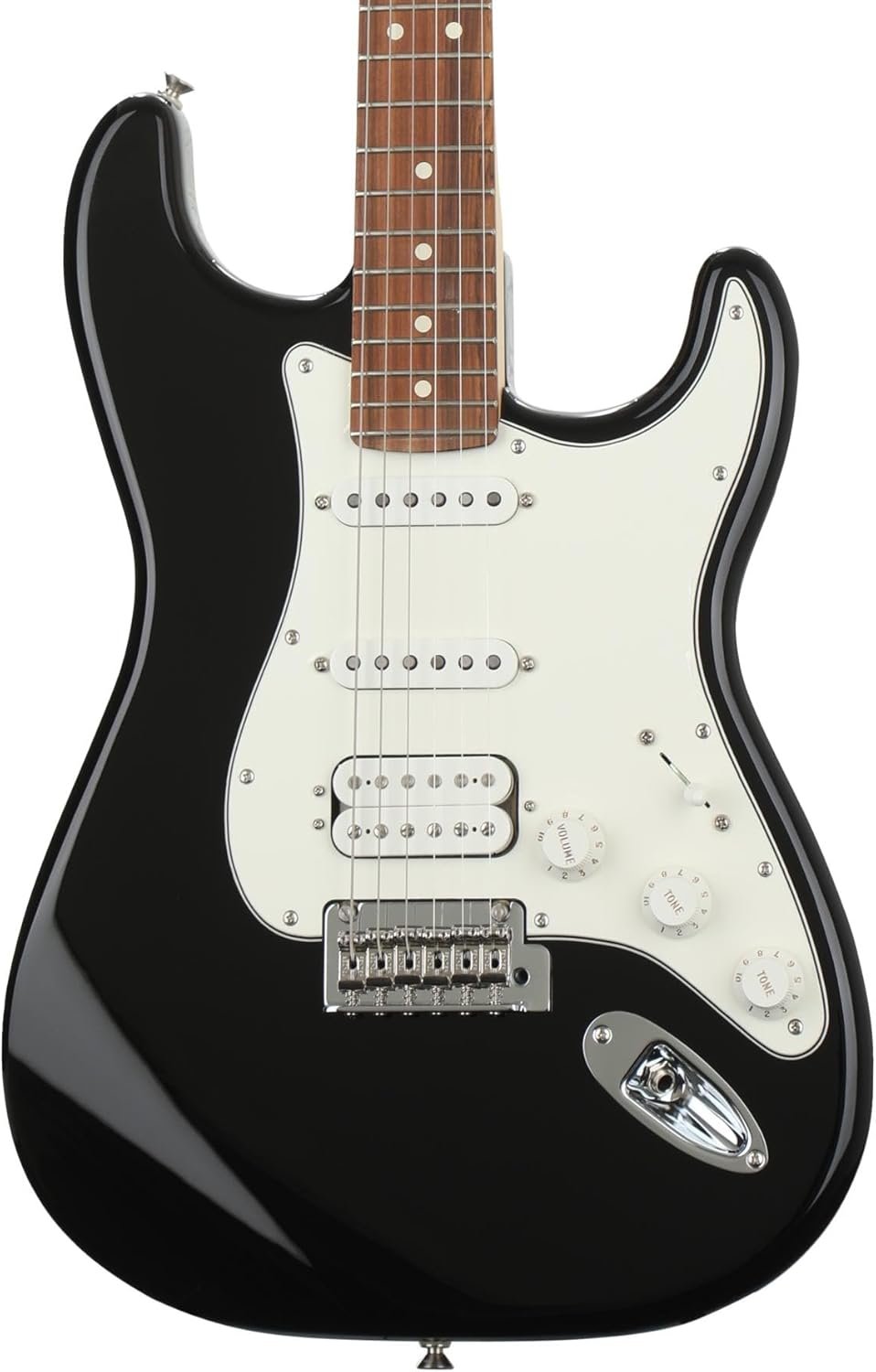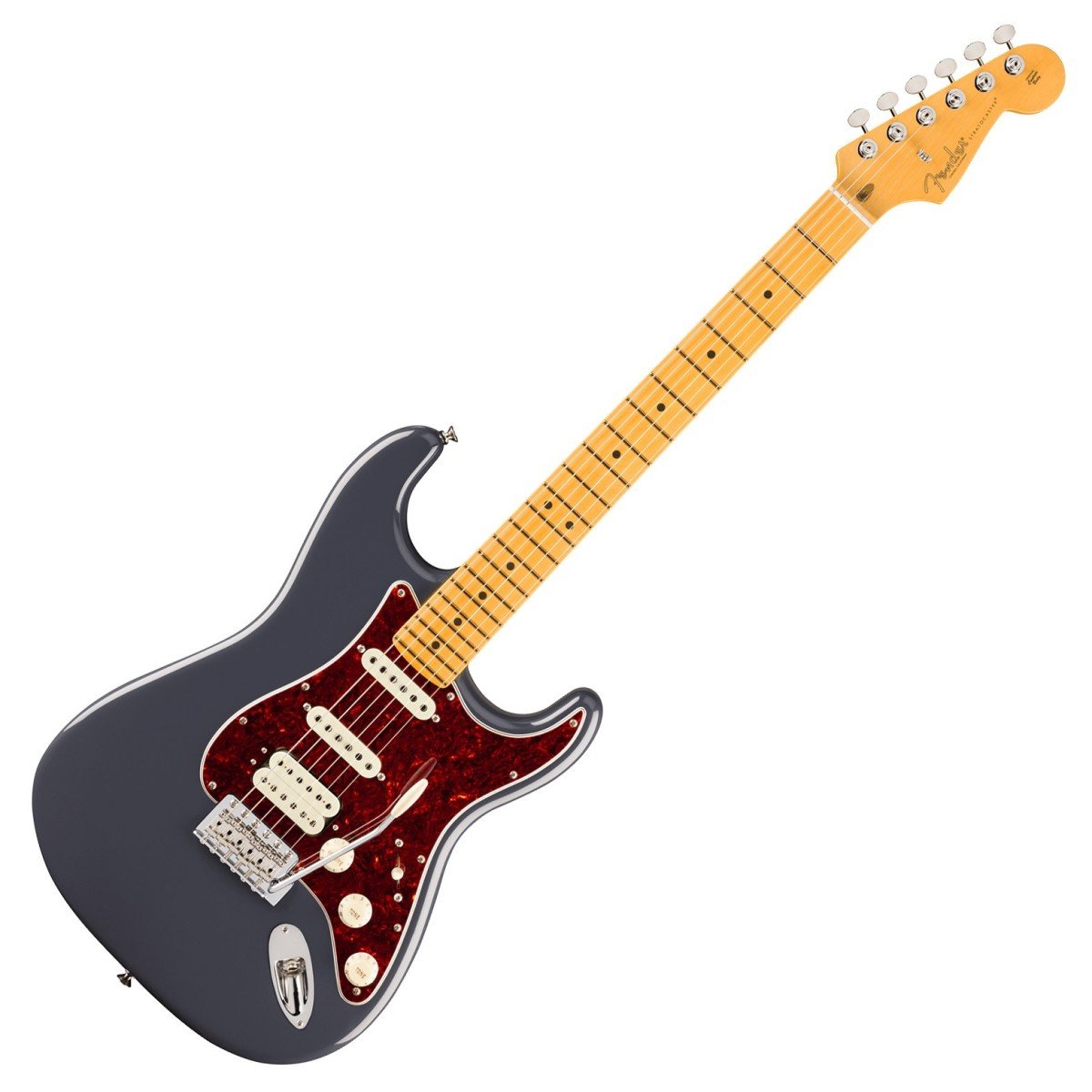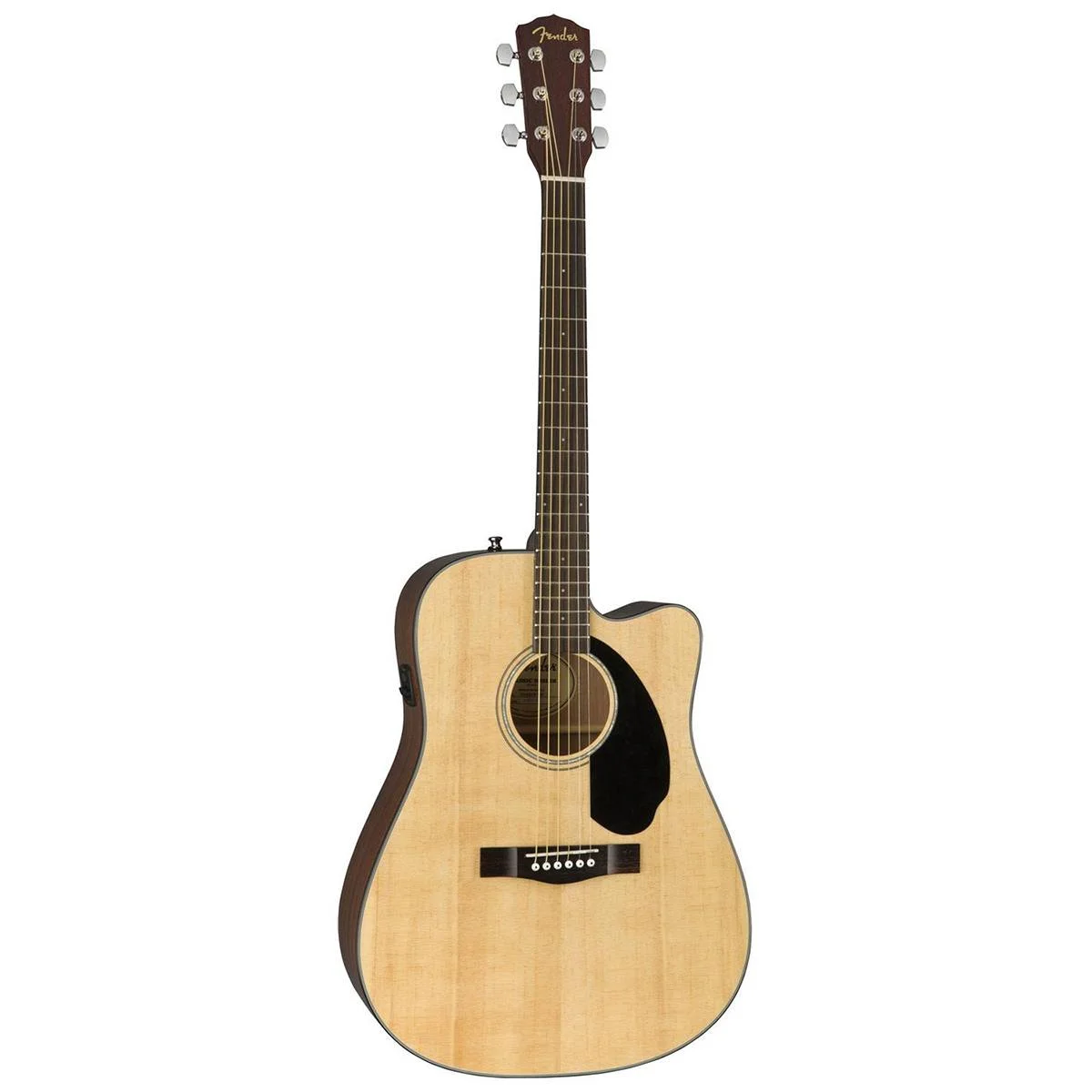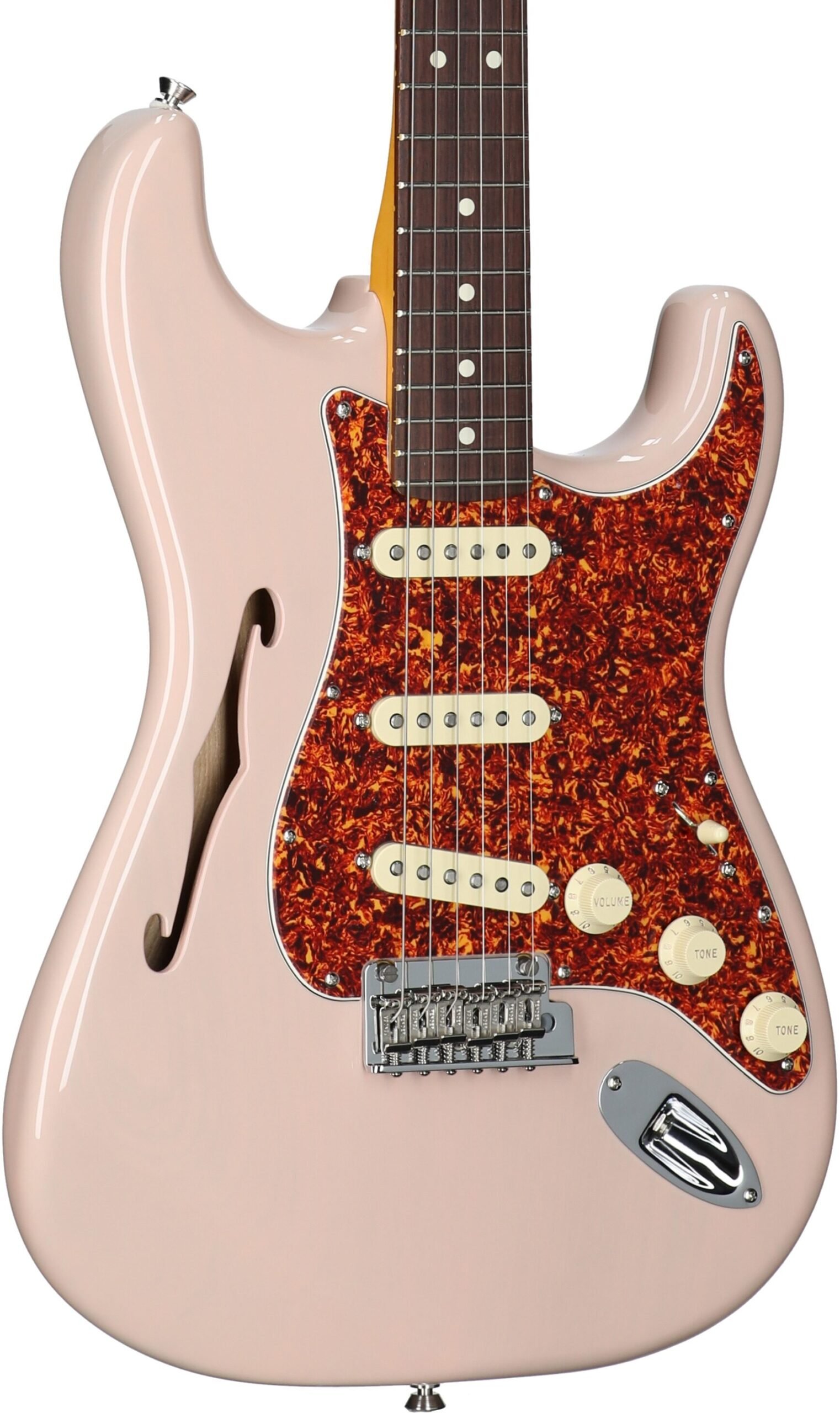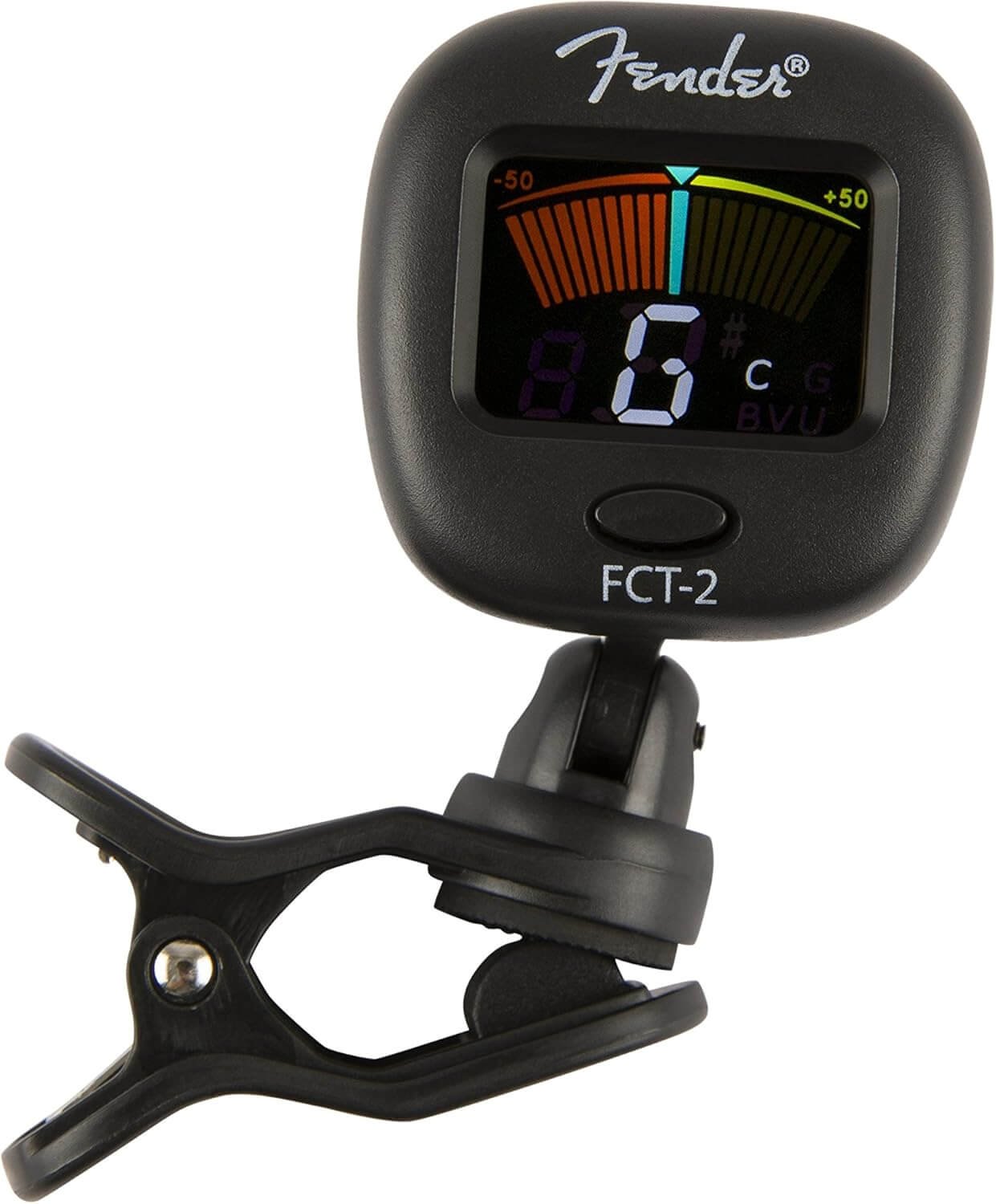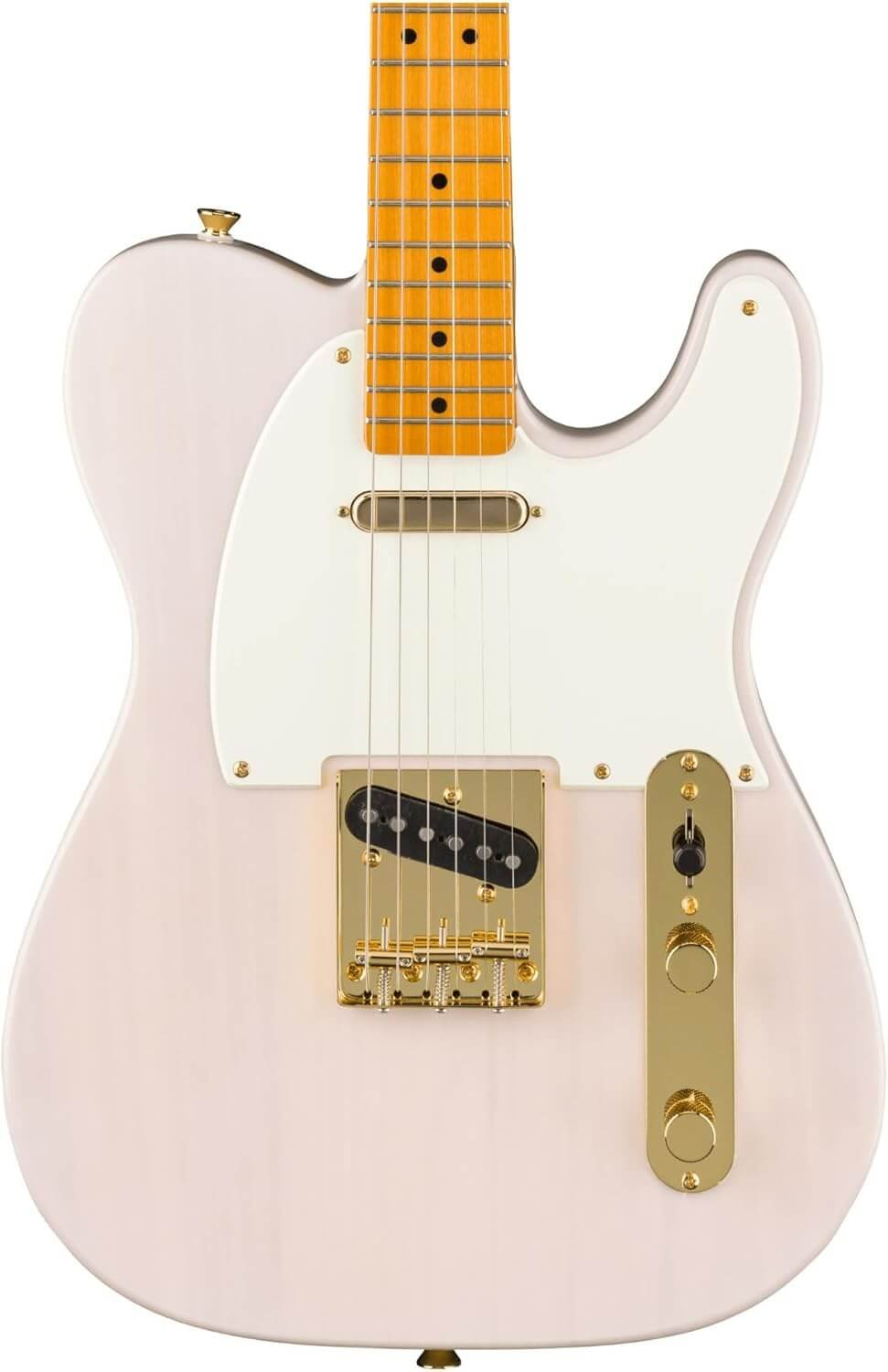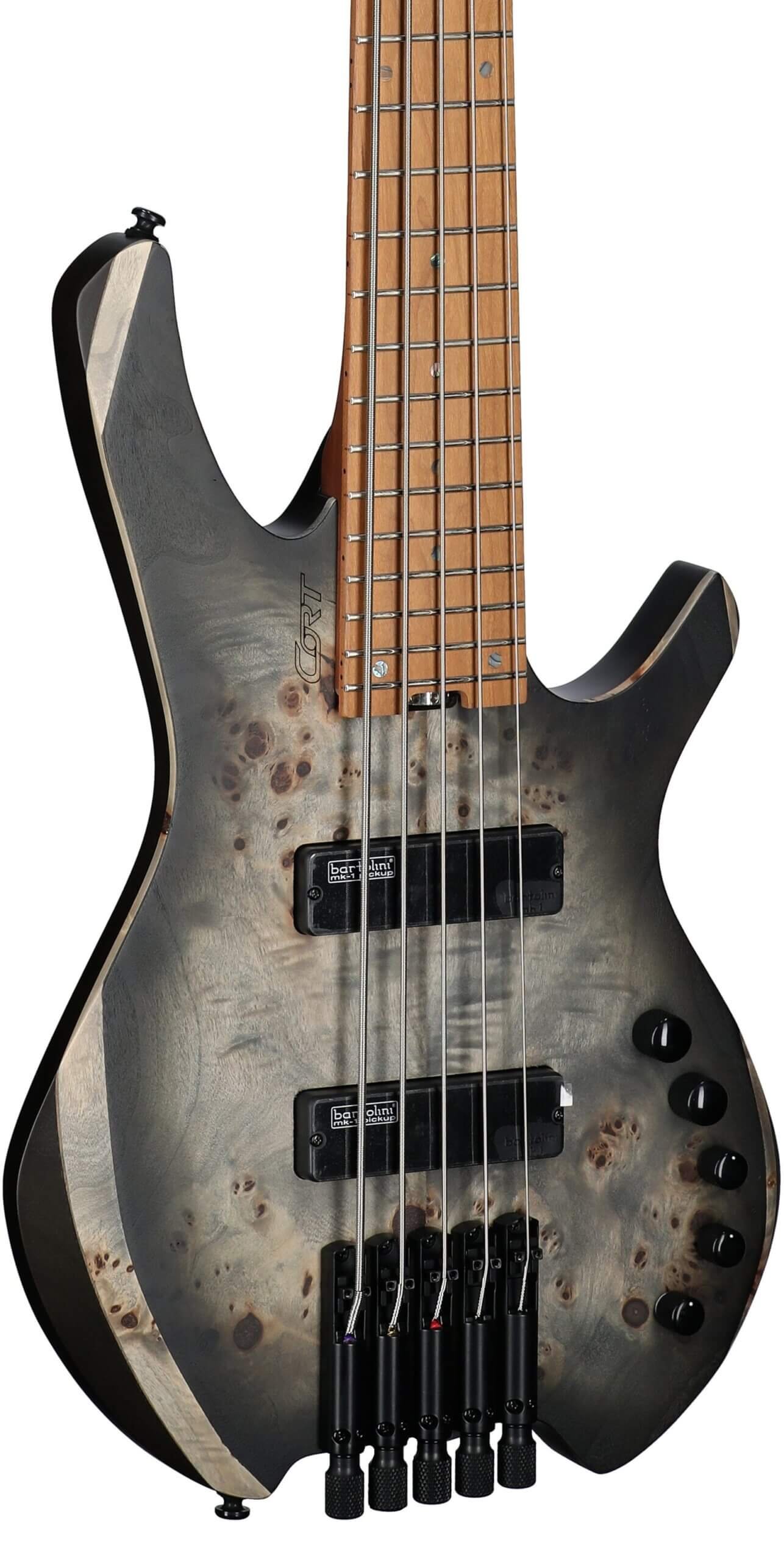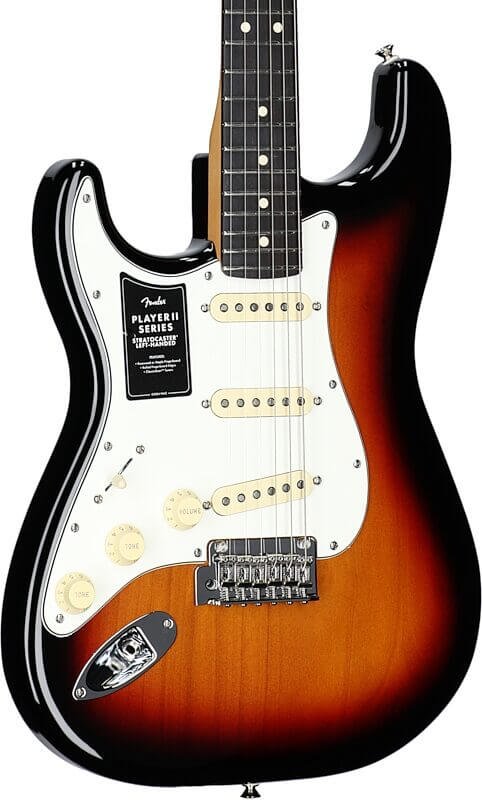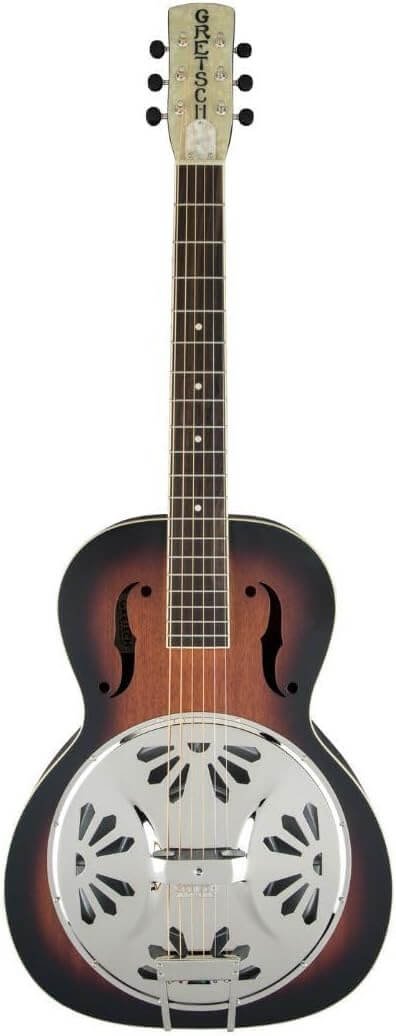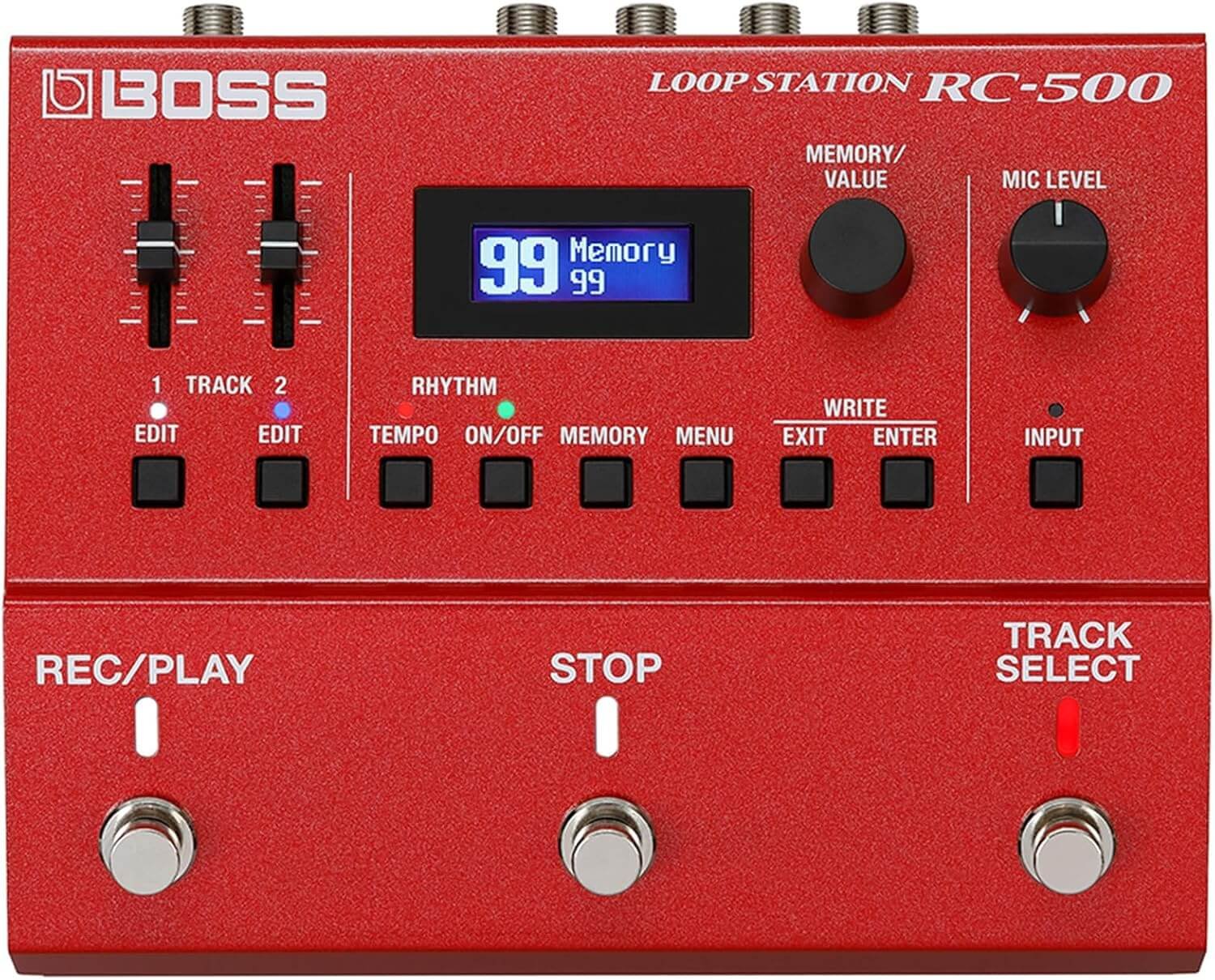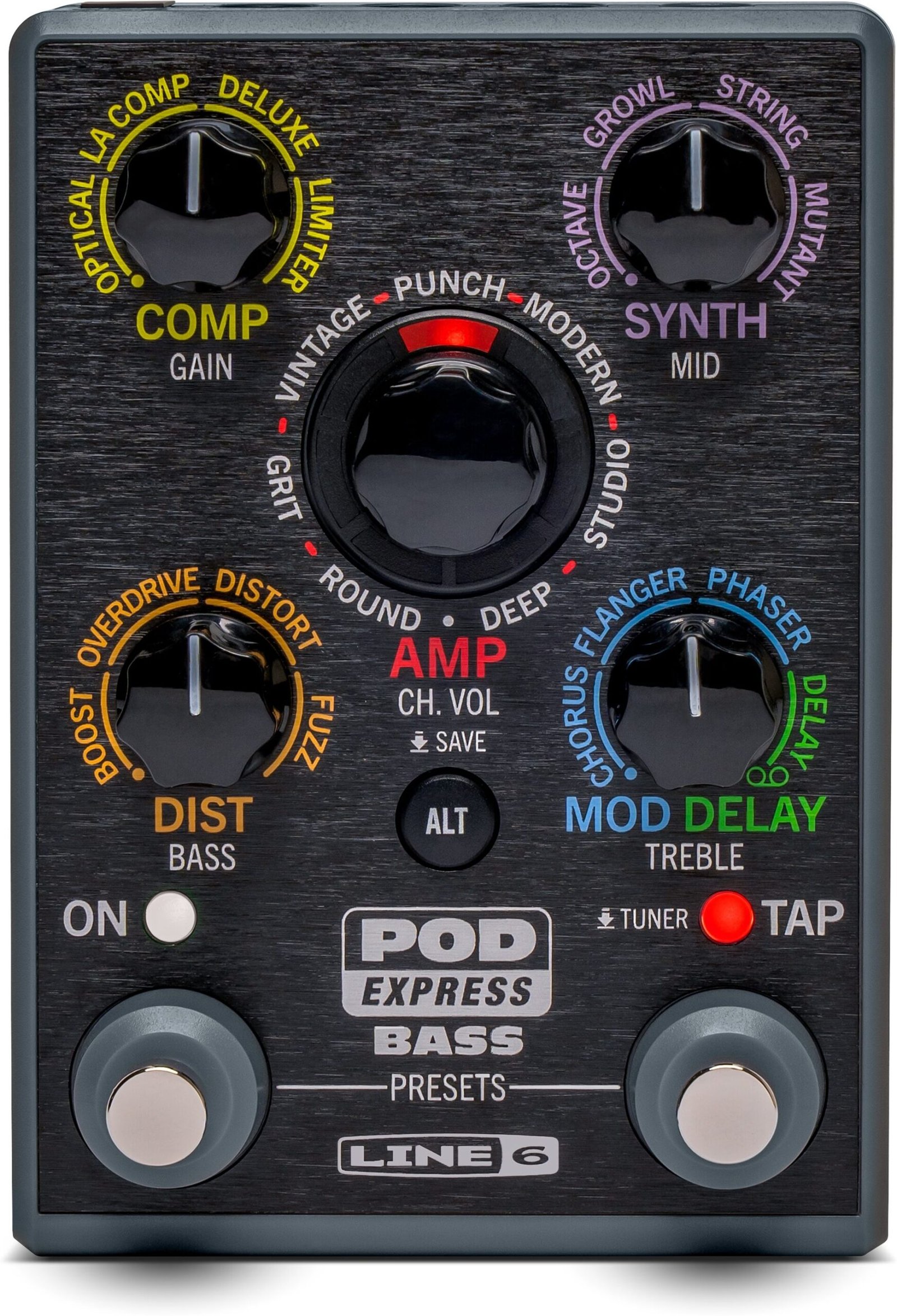Introduction to Leo Jaymz DIY Guitar Kits
Leo Jaymz has established itself as a reputable manufacturer of DIY guitar kits, positioned at the intersection of quality craftsmanship and affordability. This brand offers aspiring musicians and seasoned professionals the opportunity to engage in the rewarding process of building their own electric guitars, specifically with their ST style kits. The DIY guitar-building concept allows individuals to explore their creativity, enabling them to construct uniquely tailored instruments that meet their personal preferences in both aesthetics and functionality.
The appeal of building a guitar from a kit like those provided by Leo Jaymz lies in the extensive customization options available to users. Musicians can choose various finishes, hardware configurations, and even electronics that suit their playing style. This flexibility encourages unique designs and artistic expression, which can be particularly compelling for those seeking not just an instrument, but a reflection of their personal identity as a musician.
Furthermore, the process of assembling an electric guitar can be remarkably satisfying. For many, it provides a sense of accomplishment that comes from creating something entirely self-made. The act of constructing an instrument from scratch fosters a deeper connection between the musician and their guitar, making every note played resonate with personal significance. Leo Jaymz recognizes the growing trend of guitar enthusiasts engaged in DIY projects and caters specifically to this market by providing kits that are both accessible for beginners and challenging enough for experienced builders.
In summary, Leo Jaymz DIY guitar kits not only introduce an engaging way to create one’s own instrument but also bridge the gap between quality and affordability, making guitar building a feasible and enjoyable endeavor for many. This manufacturer encapsulates the experience of personalized craftsmanship, enabling a diverse range of musicians to bring their dream instruments to life.
The Components of the Leo Jaymz DIY ST Style Kit
The Leo Jaymz DIY ST Style guitar kit comprises a wide range of high-quality components that contribute significantly to the performance and aesthetics of the final instrument. The foundation of the guitar is the spray-painted mahogany body. Mahogany is a favored choice among guitar manufacturers due to its excellent tonal qualities. It offers warm, resonant sound characteristics that enhance sustain, making it ideal for a variety of music genres. The spray-painted finish not only provides an appealing visual aspect but also adds a layer of protection against environmental factors.
Complementing the body is the maple neck, known for its strength and stability. Maple is commonly used in guitar construction, as it provides a bright tone and a smooth playing experience. This type of neck is designed to withstand changes in humidity and temperature, ensuring longevity. The neck has a comfortable profile, allowing for ease of playability, especially during fast-paced musical sections.
The laurel wood fingerboard makes another key component of the kit. With its fine, dense grain, laurel provides a smooth and responsive playing surface, contributing to accurate note articulation. Its durability stands out, as it can withstand the rigors of regular play while adding a subtle warmth to the tone. This wood is often chosen for its attractive aesthetics, providing a visual contrast to the body and neck of the guitar.
This guitar kit also includes high-quality hardware components such as tuning machines, pickups, and bridge. Each of these elements plays a crucial role in maintaining tuning stability and enhancing sound quality. The pickups, for instance, are vital in capturing the guitar’s sound and converting it into an electrical signal that can be amplified. Overall, the components of the Leo Jaymz DIY ST Style kit are thoughtfully selected to ensure an exceptional building experience and a remarkable instrument upon completion.
Choosing the Right Finish: Spray-Painted Mahogany Body
When constructing your dream guitar using the Leo Jaymz DIY ST style electric guitar kits, selecting the right finish is crucial, particularly if you opt for a spray-painted mahogany body. The choice of finish not only influences the aesthetic appeal of the instrument but also its durability and longevity. Mahogany, a wood known for its rich tones and warmth, often gains an added layer of beauty through spray painting, which accentuates the grain while providing a protective barrier.
Spray paint enhances the natural beauty of mahogany by delivering a smooth, glossy surface that showcases the wood’s rich hues and textures. Unlike traditional finishes, which may require extensive sanding and layering, spray painting is relatively straightforward. This allows DIY enthusiasts to achieve a professional-looking result with minimal tools and experience. Moreover, spray paint offers a variety of color options, from deep, vibrant tones to subtle pastels, catering to personal preferences and style choices.
To attain the desired finish during the painting process, it is essential to prep the surface adequately. Start by sanding the mahogany body to create a smooth canvas for the paint. After cleaning off any dust particles, apply a primer to enhance adherence and prevent the finish from chipping. When spraying, keep the can about 6-12 inches from the surface and use even, sweeping motions for a uniform application. Multiple thin coats are advisable over a single thick coat, as this helps in achieving a smoother surface and reduces the risk of drips or runs.
In addition to color selection, considering the type of spray paint is equally important. Ensure that the paint is suitable for wood and offers UV protection and water resistance. These factors will not only enhance the visual appeal of your guitar but also protect it from wear and tear. Ultimately, a well-painted mahogany body will not only look stunning but will also stand the test of time, making your guitar an enduring piece of art.
The Importance of Neck Construction: Maple Neck Explained
When considering the construction of a guitar, the neck is a critical component that significantly influences both playability and tone. Among various materials used for guitar necks, maple stands out due to its exceptional qualities. Maple is a dense hardwood that provides a bright tone with a strong upper midrange presence, which contributes to the overall sound profile of the instrument. This tonal characteristic makes it a preferred choice among many guitarists who seek clarity and definition in their playing.
Maple necks are known for their durability and stability, which are essential for maintaining proper tuning during play. The construction generally involves careful attention to the joint where the neck attaches to the body of the guitar. A well-executed joint ensures that the neck remains securely attached, enhancing stability and resonance. Typical neck joint designs include bolt-on and set-neck configurations, each with its advantages. Bolt-on necks allow for easier replacements and adjustments, while set necks may offer enhanced sustain due to a more integrated construction.
The finish applied to a maple neck also plays a pivotal role in the instrument’s response. A smooth, sealed finish enables quicker plays while reducing friction, which is especially beneficial during faster passages or intricate finger work. Additionally, the grain patterns found in maple wood not only contribute to the aesthetic appeal but can also subtly influence the acoustic properties. Maple, being a dense wood, tends to accentuate high frequencies, making it an excellent choice for genres that require a bright and articulate sound.
In conclusion, the construction of a maple neck significantly impacts both the tonal qualities and playability of a guitar. Its durability, stability, and distinctive tonal characteristics are fundamental in crafting an instrument that meets the expectations of musicians. Ultimately, the choice of neck material is an essential consideration for anyone looking to create their ideal guitar.
Laurel Wood Fingerboard: Features and Benefits
The laurel wood fingerboard has gained popularity among guitar enthusiasts for its unique blend of features and benefits that enhance both the playability and tonal quality of electric guitars. One of the most notable attributes of laurel wood is its smooth texture, which allows for effortless finger movement across the fretboard. This quality is essential for players who engage in quick note transitions or complex fingerings, as it minimizes friction and improves the overall playing experience.
Durability is another significant advantage of laurel wood. Compared to more traditional fingerboard materials like rosewood or ebony, laurel exhibits impressive resistance to wear and tear. This characteristic makes laurel wood an ideal choice for those who frequently perform on stage or practice for extended periods. The longevity of the fingerboard not only ensures consistent performance over time but also adds to the guitar’s overall value.
The tonal quality of a laurel wood fingerboard also merits attention. It tends to produce a warm, balanced tone that complements a variety of playing styles. Musicians will find that the fingerboard helps to enhance the guitar’s resonance, contributing to a richer sound profile. Additionally, the inherent tonal character of laurel allows for clear articulation of notes, making it suitable for techniques like bending and sliding.
Aesthetic appeal is another feature of laurel wood that should not be overlooked. Its fine grain and rich color variations can lend a striking visual quality to the guitar. When comparing laurel wood to other common fingerboard woods such as maple, which offers a lighter hue, or rosewood, known for its dark and luxurious finish, laurel presents a middle ground that is both attractive and distinctive.
Assembly Process: Step-by-Step Guide
Assembling your Leo Jaymz DIY ST Style Electric Guitar is an exciting journey that allows you to unleash your musical creativity. To ensure a successful build, it is essential to gather the necessary tools and follow a methodical approach. The basic tools required include a Phillips screwdriver, a flathead screwdriver, wire cutters, a soldering iron, solder, and a drill.
Begin the assembly process by laying out all the parts provided in your kit. Organizing your workspace will make it much easier to locate components as you assemble your guitar. The first step is to start with the body and install the pickups. It is critical to follow the wiring diagram included in the kit to ensure proper connections. Take your time while soldering the wires, as this step is crucial for achieving the best sound quality. For an effective soldering experience, ensure that your soldering iron is appropriately heated and maintain a steady hand to create clean joints.
After securing the pickups, the next step involves attaching the bridge. This component is essential for string stability and tuning accuracy. Make sure to align it correctly according to the markings on the body. Following the bridge installation, proceed to fit the neck onto the body. This is often one of the more challenging aspects of assembly, as a misalignment can affect playability. Consult your kit guide for precise techniques on adjusting the neck angle and ensuring that all screws are tightened appropriately without overtightening, which could cause damage.
Finally, after the neck is securely fitted, install the tuning machines and string your guitar. Take a moment to check for any loose connections or components before the final setup. By adhering to these steps, you will avoid common pitfalls and confidently create a functioning and harmonically rich instrument, ensuring your Leo Jaymz DIY ST Style Electric Guitar is not only a personal statement but also musically rewarding.
Tuning and Setup for Optimal Playability
Achieving optimal playability for your Leo Jaymz DIY ST Style Electric Guitar requires meticulous tuning and setup after assembly. This process is crucial as it markedly enhances the feel and sound of the instrument. Adjusting the string action is one of the first steps in this setup process. String action refers to the height of the strings above the fretboard, which can greatly impact playability. Ideally, the action should be low enough to facilitate easy fretting while avoiding unwanted buzzing. To measure string action, use a ruler or string action gauge at the 12th fret and adjust the bridge saddles accordingly to achieve your desired height.
Next, intonation should be addressed to ensure the guitar maintains proper pitch across the fretboard. Intonation adjustments can be made using the bridge saddles as well; each saddle can be moved forward or backward to align the string length with the corresponding note played on the fretboard. Typically, you would check the tuning of the open string against the twelfth fret—if the fretted note is sharp, the saddle will need to be moved back, while if it is flat, it should be moved forward. This process is essential for achieving an accurate tone from your instrument.
Lastly, neck relief adjustment is important for ensuring that the neck maintains an appropriate bow to facilitate comfortable playability. A slight relief allows for finger flexibility without causing buzzing. You can check neck relief using the fretting technique on either end of the neck and measuring the gap at the 8th fret. If adjustments are necessary, you can turn the truss rod clockwise to decrease relief or counterclockwise to increase it. Properly tuning and setting up each of these elements will ensure that your DIY electric guitar not only looks great but also feels and sounds amazing to play.
Customization Options: Making Your Guitar Unique
When it comes to the world of electric guitars, the opportunity for personalization is nearly limitless, particularly with Leo Jaymz DIY ST Style Electric Guitar Kits. After assembling your guitar, you can embark on an exciting journey of customization that allows you to express your individuality and tailor the instrument to your playing style. Several categories of upgrades stand out, enhancing both the performance and visual appeal of your guitar.
Firstly, upgrading the components can significantly impact your sound and playability. One of the most noticeable upgrades involves replacing the original pickups. You may opt for hotter or more vintage-sounding pickups, depending on whether you’re aiming for that classic rock crunch or a smooth jazz tone. Additionally, swapping out the hardware, such as the bridge and tuning pegs, can improve tuning stability and resonance. Choosing materials such as stainless steel or brass can further refine your guitar’s tonal quality.
Moreover, the aesthetic aspect of your guitar is equally important. Custom finishes allow you to display your personality through color and texture. You can choose to paint your guitar in a striking solid color, a unique sunburst pattern, or even a custom design that reflects your artistic vision. Decals and stickers provide the opportunity for quick and simple embellishments. Whether you prefer a minimalist design or an elaborate artistic representation, your electric guitar can become a canvas for your creative expression.
In addition to paint and decals, hardware changes like knobs and pickguards can also customize the look of your instrument. With various materials and designs available, these small details can significantly influence the overall presentation of your guitar. The combination of functional and artistic customization options ensures that each guitar produced from Leo Jaymz kits can be as unique as its player.
Conclusion: The Joy of DIY Guitar Building
Building a Leo Jaymz DIY ST Style electric guitar is not merely a task—it’s a journey that culminates in the creation of a unique musical instrument that reflects personal taste and style. The process of assembling a guitar kit allows enthusiasts to engage deeply with their instruments, understanding not only the aesthetics of their design but also the mechanics that give their guitar character. This experience fosters a profound connection between the builder and their creation, transforming the act of playing into a more intentional and personal event.
As you work through each step, from selecting components to wiring the electronic parts, you gain invaluable insights into the craftsmanship involved. This hands-on approach empowers you to make informed choices that resonate with your specific musical preferences. The satisfaction derived from completing the construction, coupled with the thrill of hearing your guitar’s sound for the first time, reinforces the value of the DIY approach. It transforms the simple act of playing into a celebration of creativity and skill.
Moreover, the opportunity for customization inherent in DIY kits cannot be understated. With a Leo Jaymz kit, you can modify aspects like color, pickups, and even the neck profile to suit your playing style and comfort. Such personalization ensures that the final instrument is truly one-of-a-kind, tailored to your individual needs and desires. Embracing the DIY spirit not only enriches your musical journey but also instills a sense of pride in the artistry of guitar building. We encourage readers to take the plunge into this rewarding endeavor, as the joy of crafting your own guitar is an experience unlike any other.

